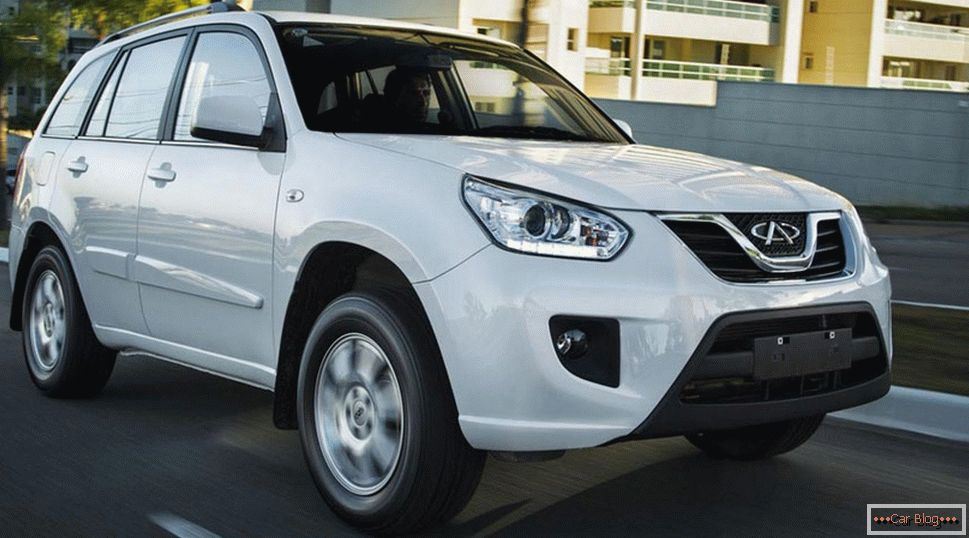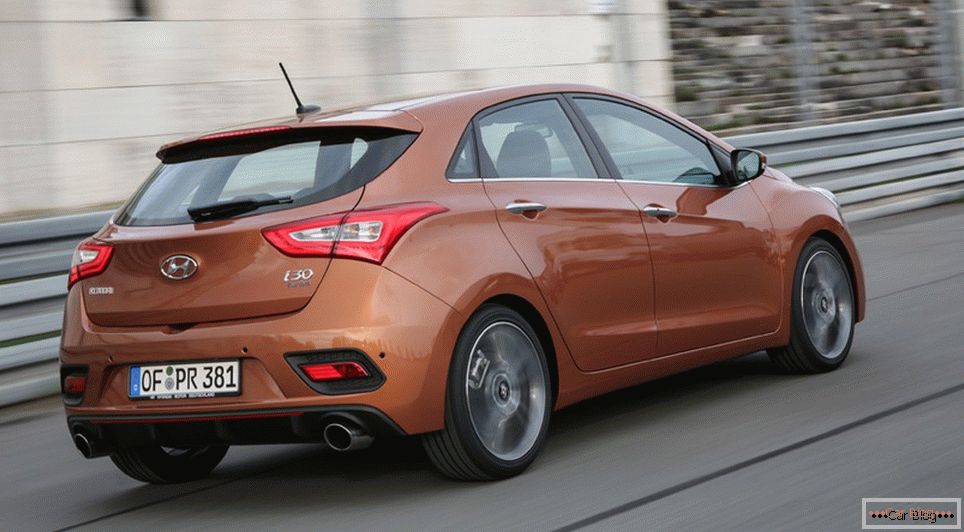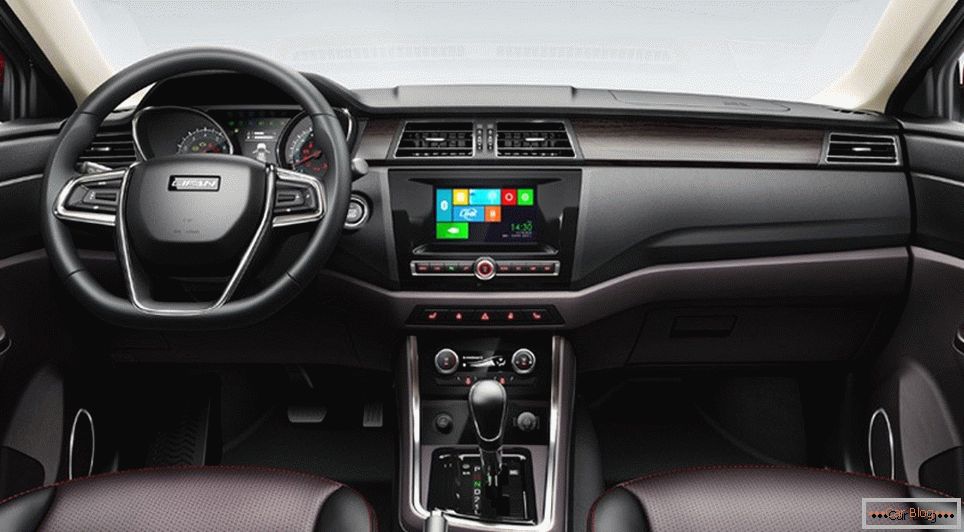How is the car? Not all Internet users know which systems any machine consists of. Many are interested in this, but most of the materials in the network are too complex, replete with automotive terms and not sufficiently accessible to the masses. We decided to fill this gap in your knowledge.
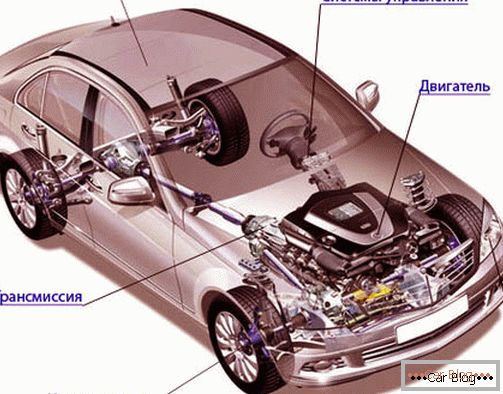
Diagram showing the car device
As we can see in this diagram, a machine is a rather complicated mechanism consisting of several interconnected systems. Each of them performs its highly necessary function. Therefore, when one of these systems fails, the machine can rarely continue to move or loses controllability.
It is possible to conditionally define “three whales”, on which the device of the car rests. This body - roughly speaking, the body, chassis and engine. And such a scheme will suit any car, even a tuned nine.
Let's take it in order. Let's start with the engine. An engine is a mechanical device that converts the energy that is released during the combustion of gasoline or diesel fuel into useful energy necessary for driving a vehicle.
There are as many as five main types of internal combustion engines (ICE):
- petrol;
- diesel;
- gas;
- gas diesel;
- rotary-piston.
Engines
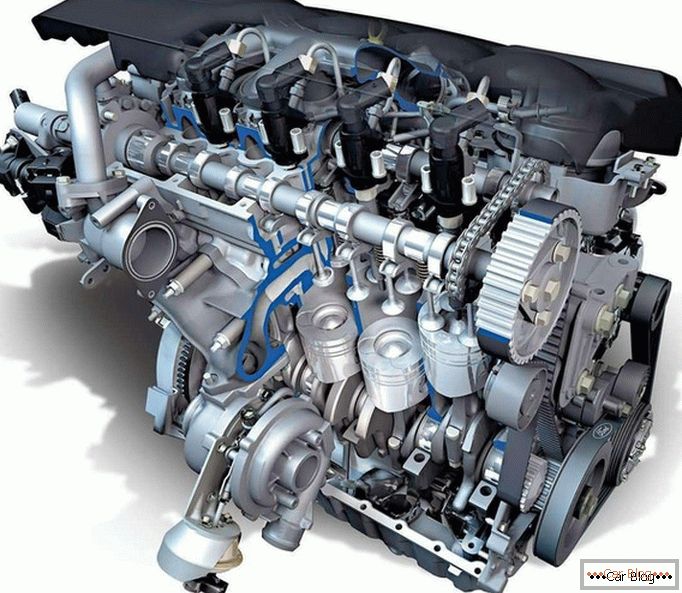
Gasoline engine
The petrol internal combustion engine is the most common type of engine on passenger cars of various classes ranging from the VAZ 2106, ending with the Bugatti Veyron.
The principle of operation of this engine is that the electric spark coming from the ignition system ignites the mixture of fuel and air, and the energy obtained from burning this mixture sets the car in motion.
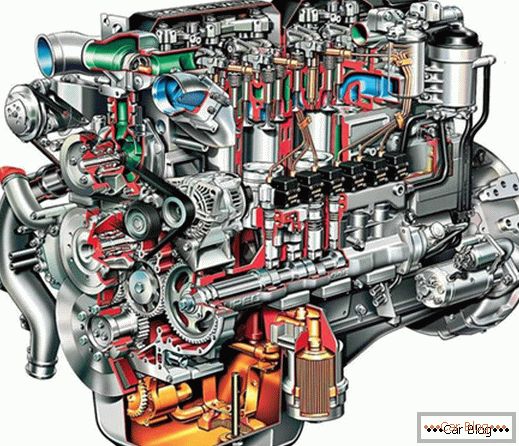
Classic diesel engine
The diesel engine is different in that it ignites the diesel itself, colliding with the heated air from the compression.
Car chassis
The concept of the chassis includes the elements of the chassis, transmission and control mechanisms of the car.
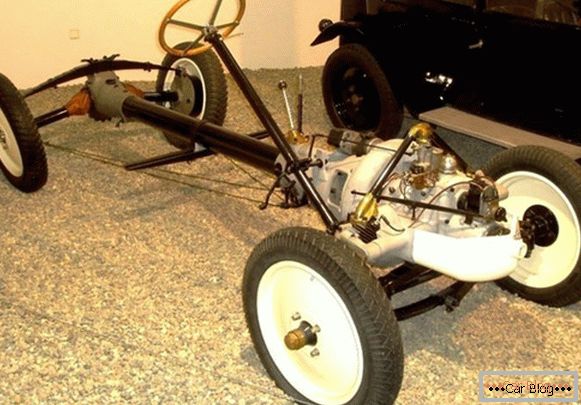
Chassis: a frame, suspension, front and rear axle with axles and wheels of the car
The frame is designed for mounting the engine, gearbox, body, cab and other vehicle parts. The suspension creates an elastic connection between the frame and the bridges. It also reduces and distributes correctly to the load on the bridges. The suspension also includes shock absorbers that ensure a smooth ride.
Recommended article: Automatic transmission (automatic transmission) and its purpose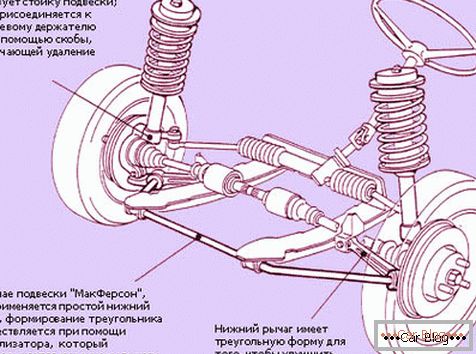
Car suspension
Car transmission
Transmission - the mechanisms of the car that connect the engine to the drive axle. The transmission includes such systems as clutch, gearbox, intermediate cardan shaft, transfer mechanism, cardan to drive axle, final drive, differential, axle shafts, hinges, power take-off.
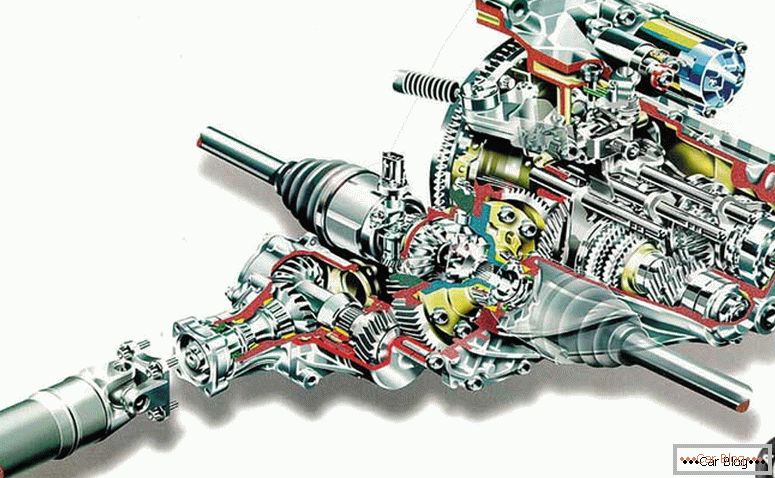
Modern transmission
Transmissions exist both mechanical, and the mixed type - hydromechanical and electromechanical.
There are also automatic transmissions, or automatic transmissions, which themselves shift gears, depending on the speed of the vehicle.
And this is how the BMW M5 is built from a fast car in Germany:
Truck device
The device of a truck differs in that it has a rigid frame, often (for example: a KAMAZ vehicle) - a pneumatic-hydraulic clutch booster, the suspension usually consists of leaf springs, because it withstands far greater mechanical loads.
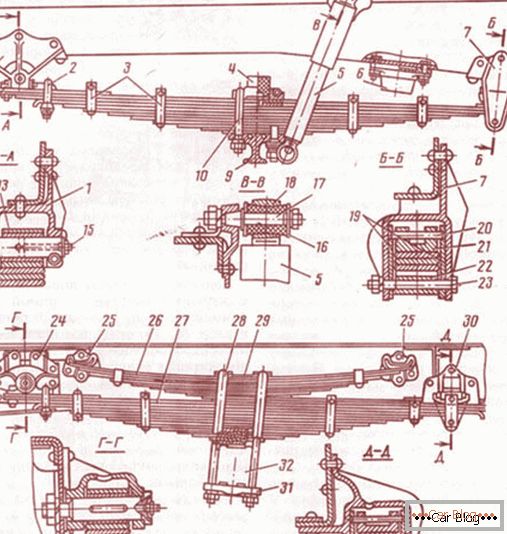
Suspension truck. Figure "a" shows the front axle, figure "b" - rear
Also on the trucks install pneumatic brakes, also designed for higher loads.

General scheme of the device of a truck
Cars are also divided by body type. The main types include:
- sedan;
- perspectives;
- wagon;
- pickup;
- van;
- coupe;
- cabriolet;
- phaeton;
- rodster;
- hardtop;
- limousine;
- ландо;
- and a number of other, less common.

